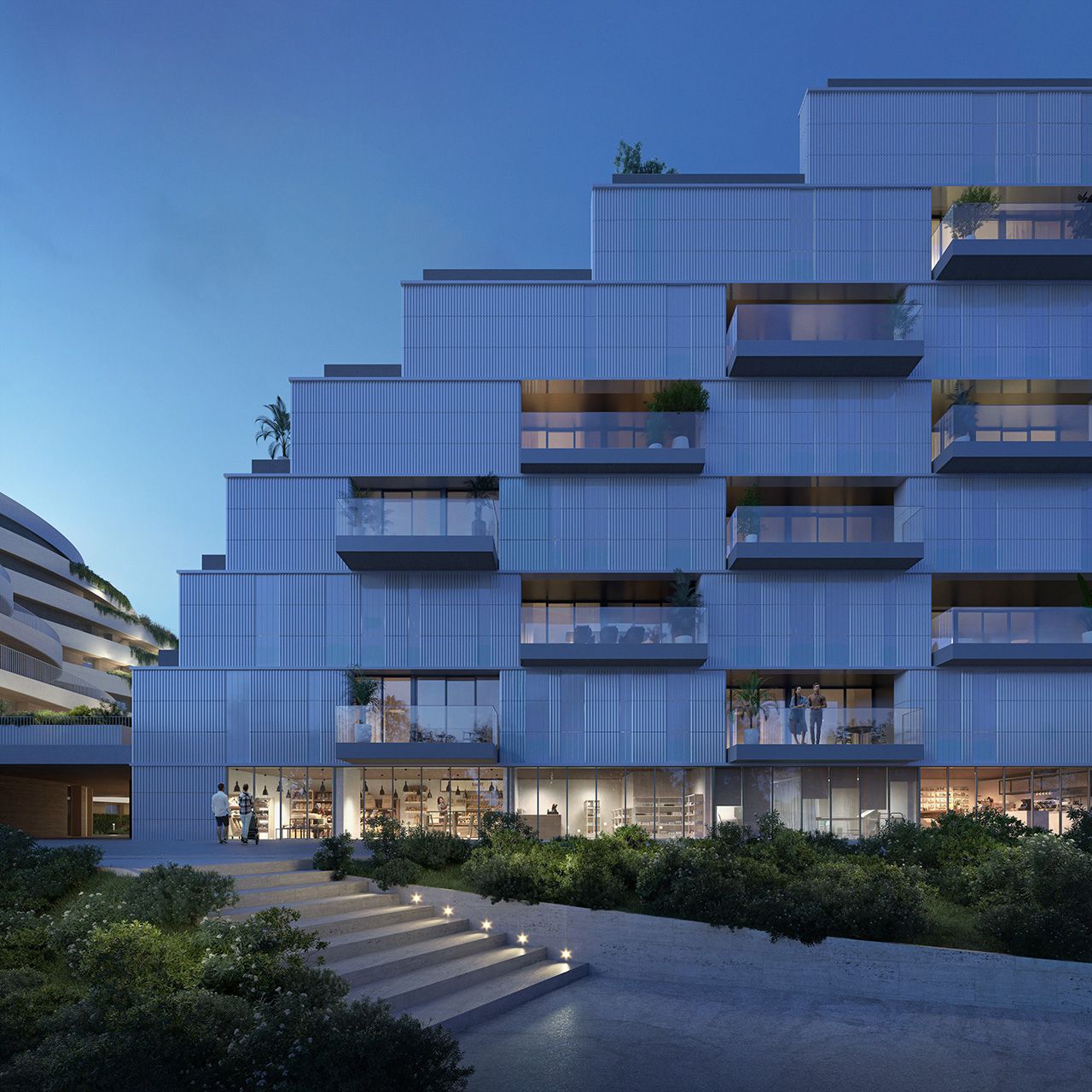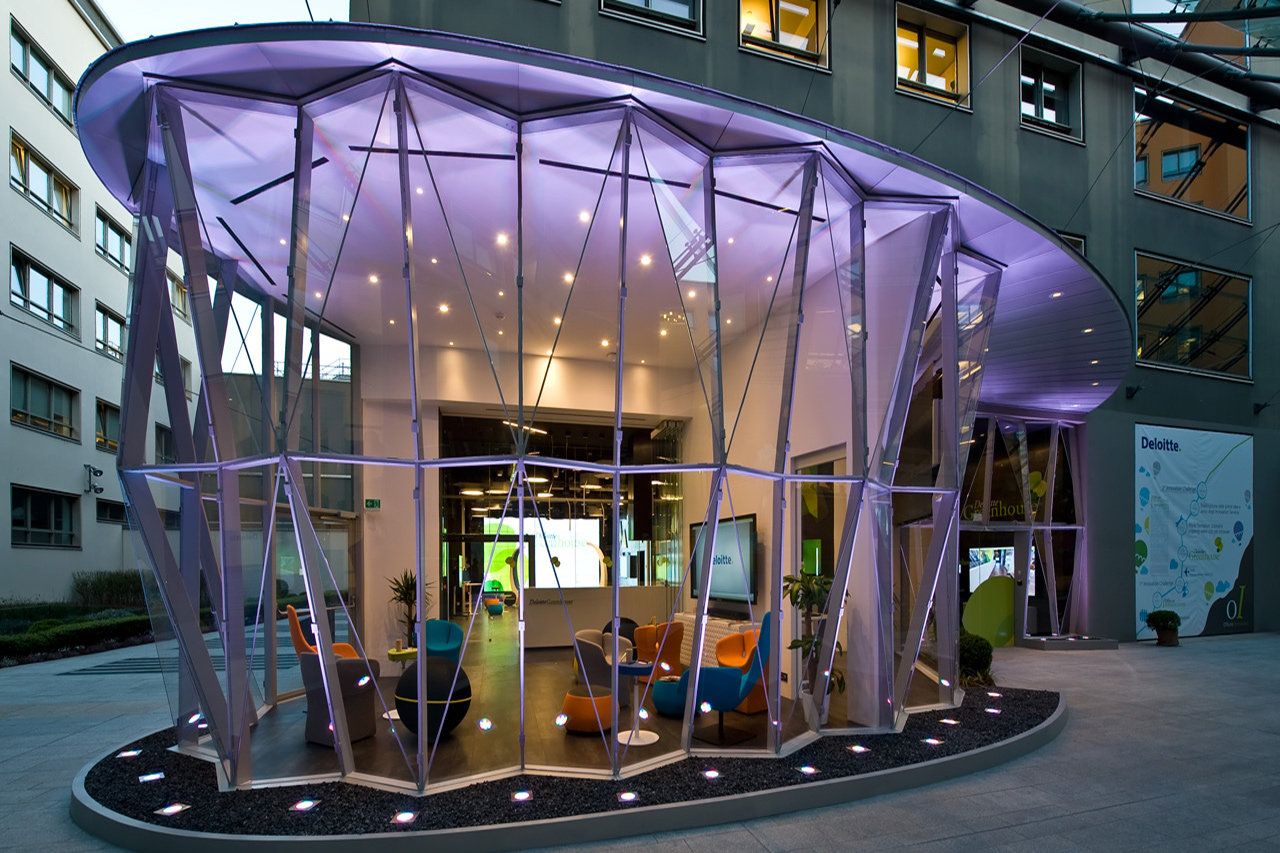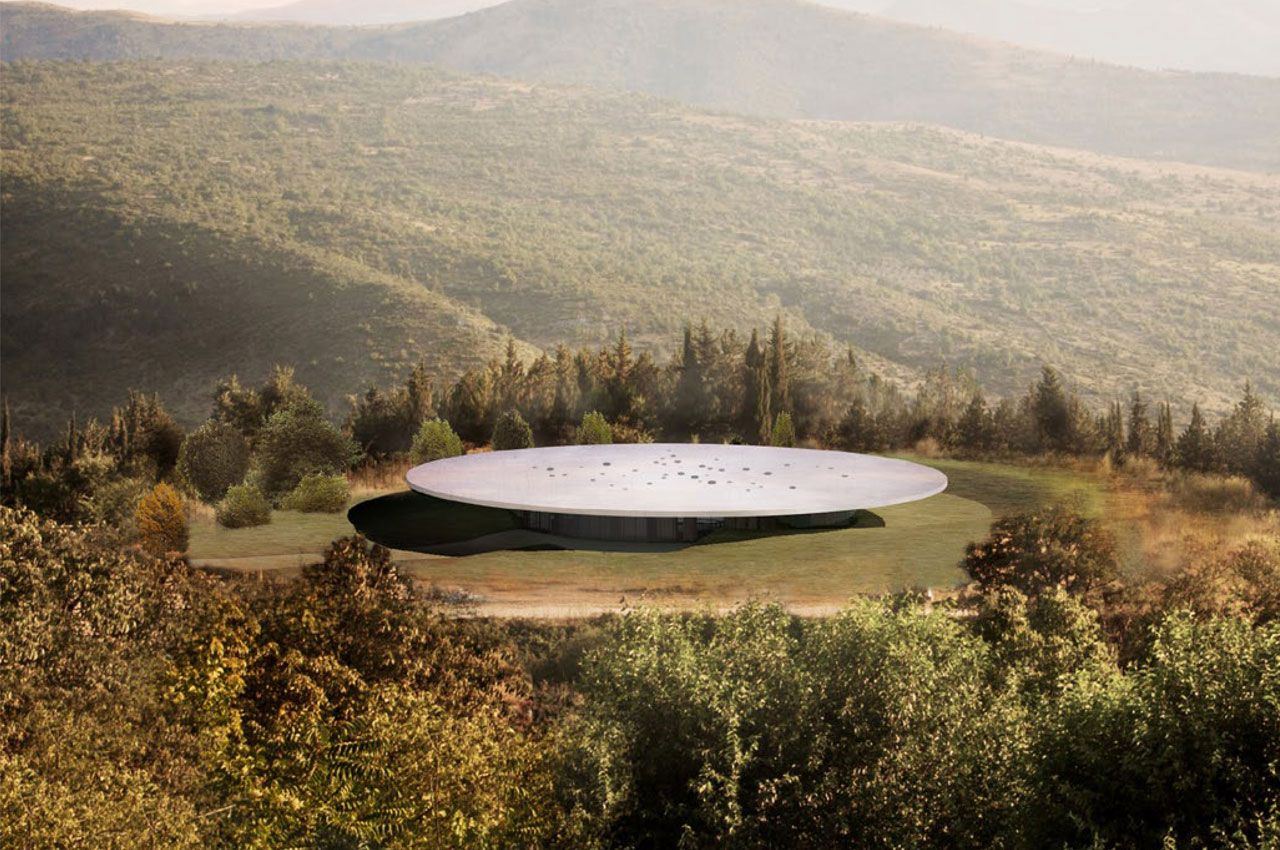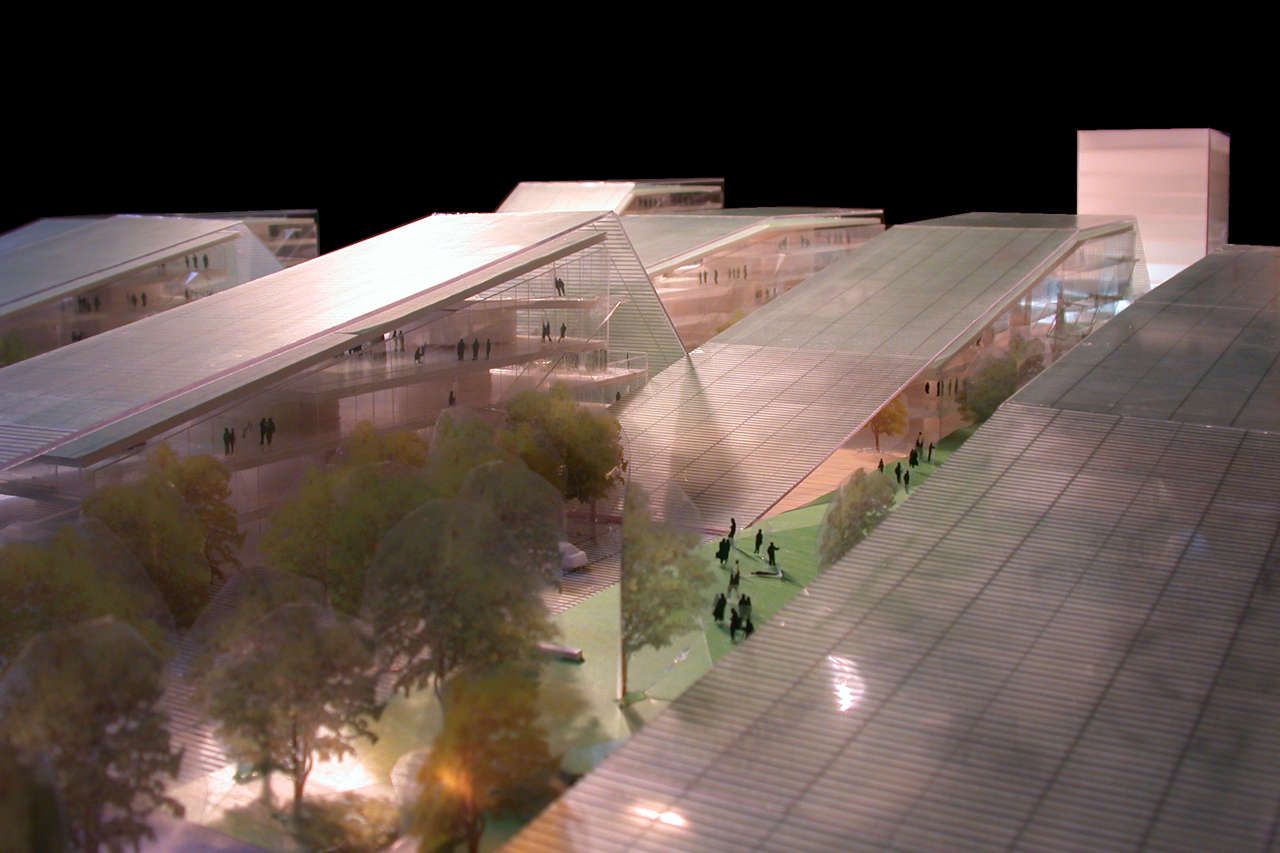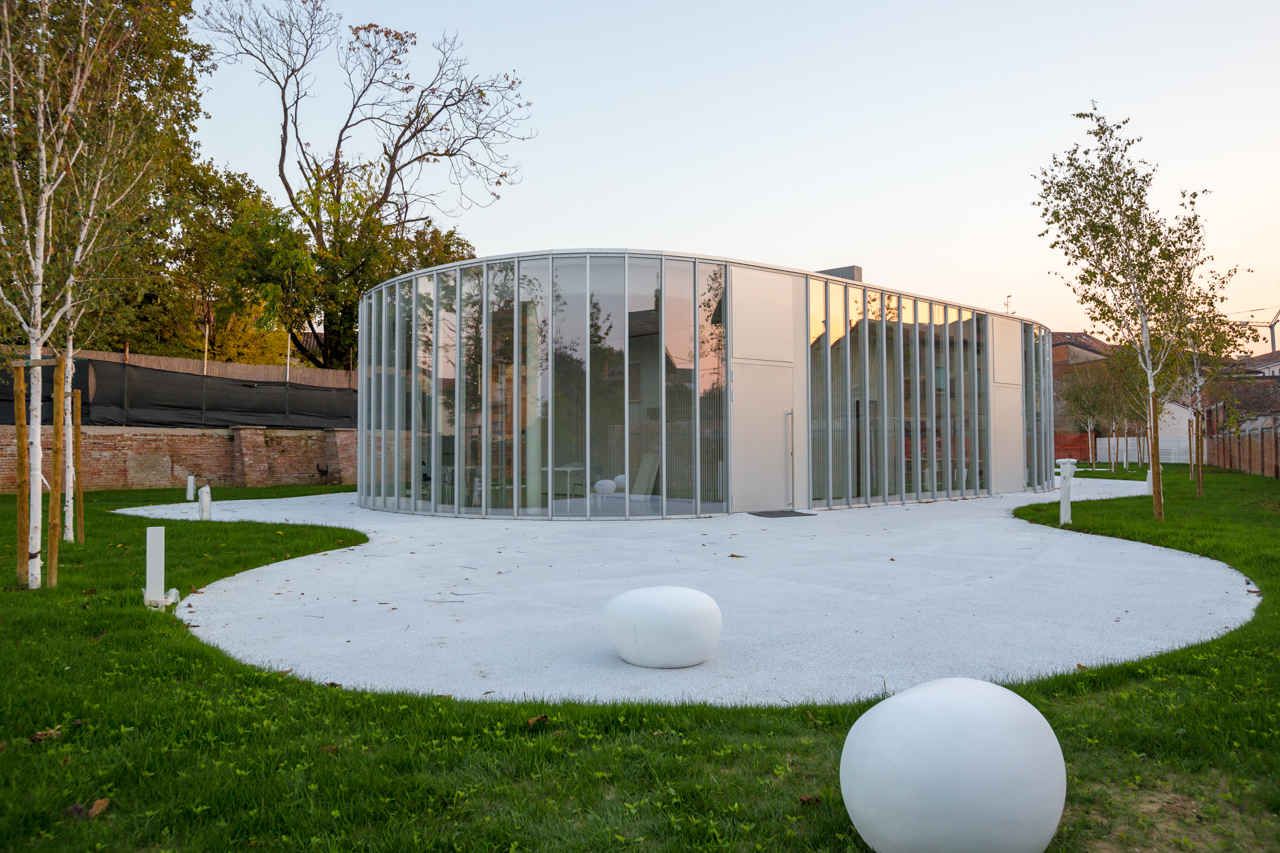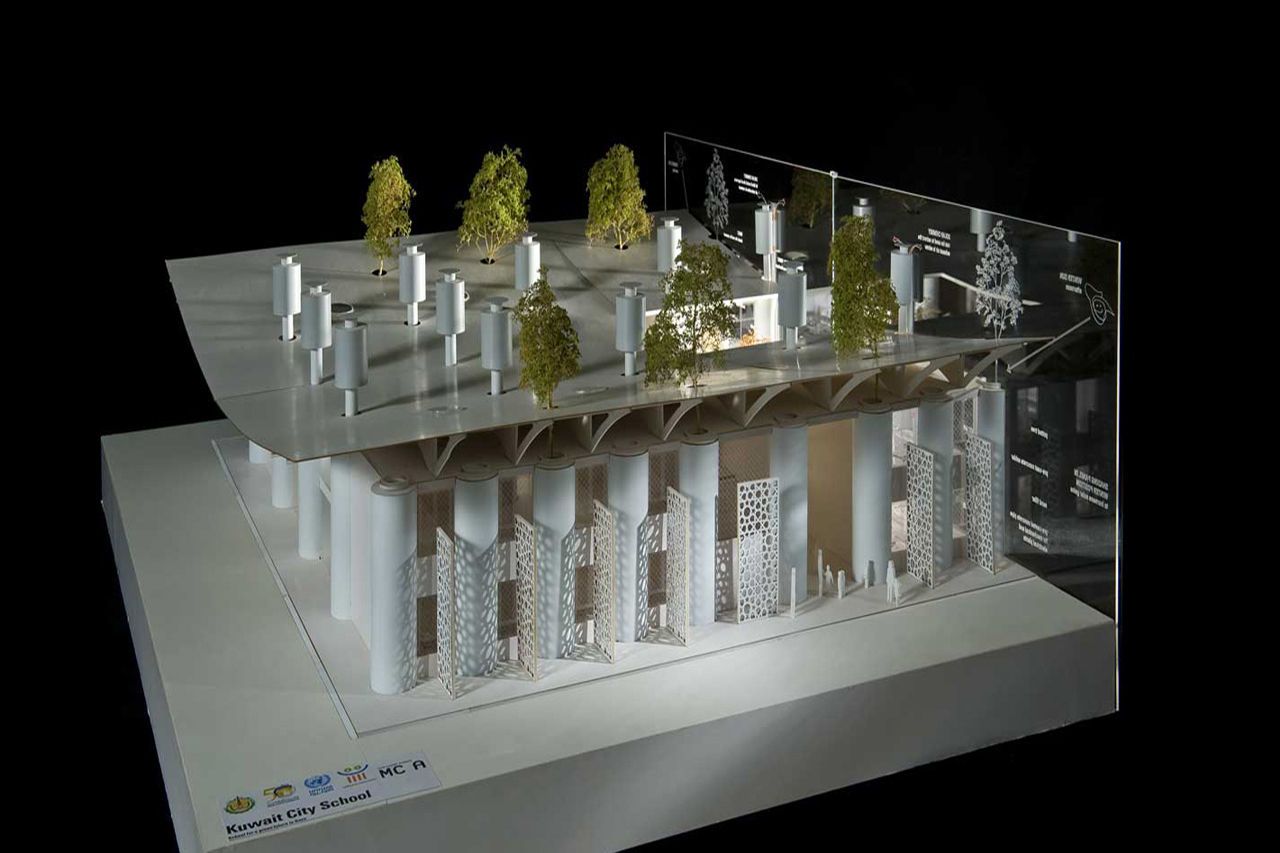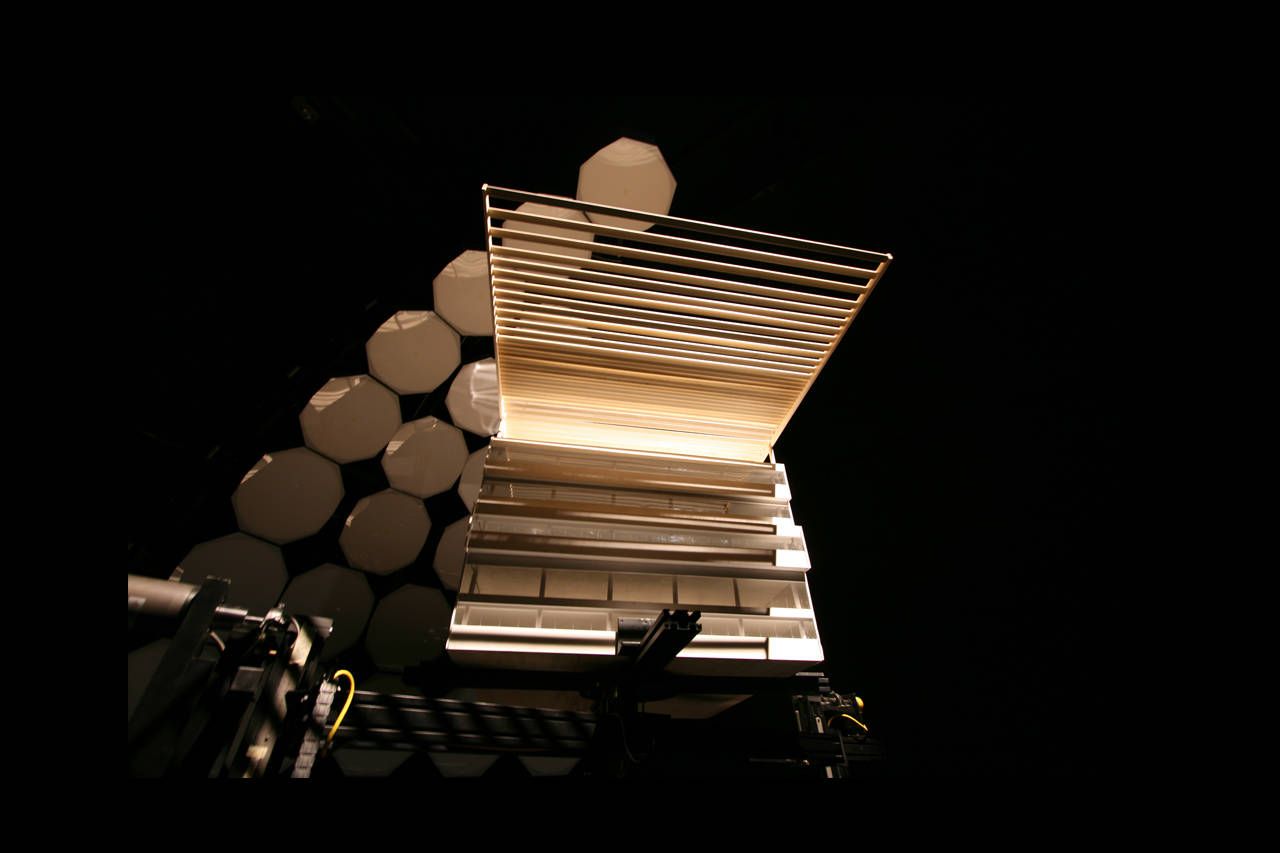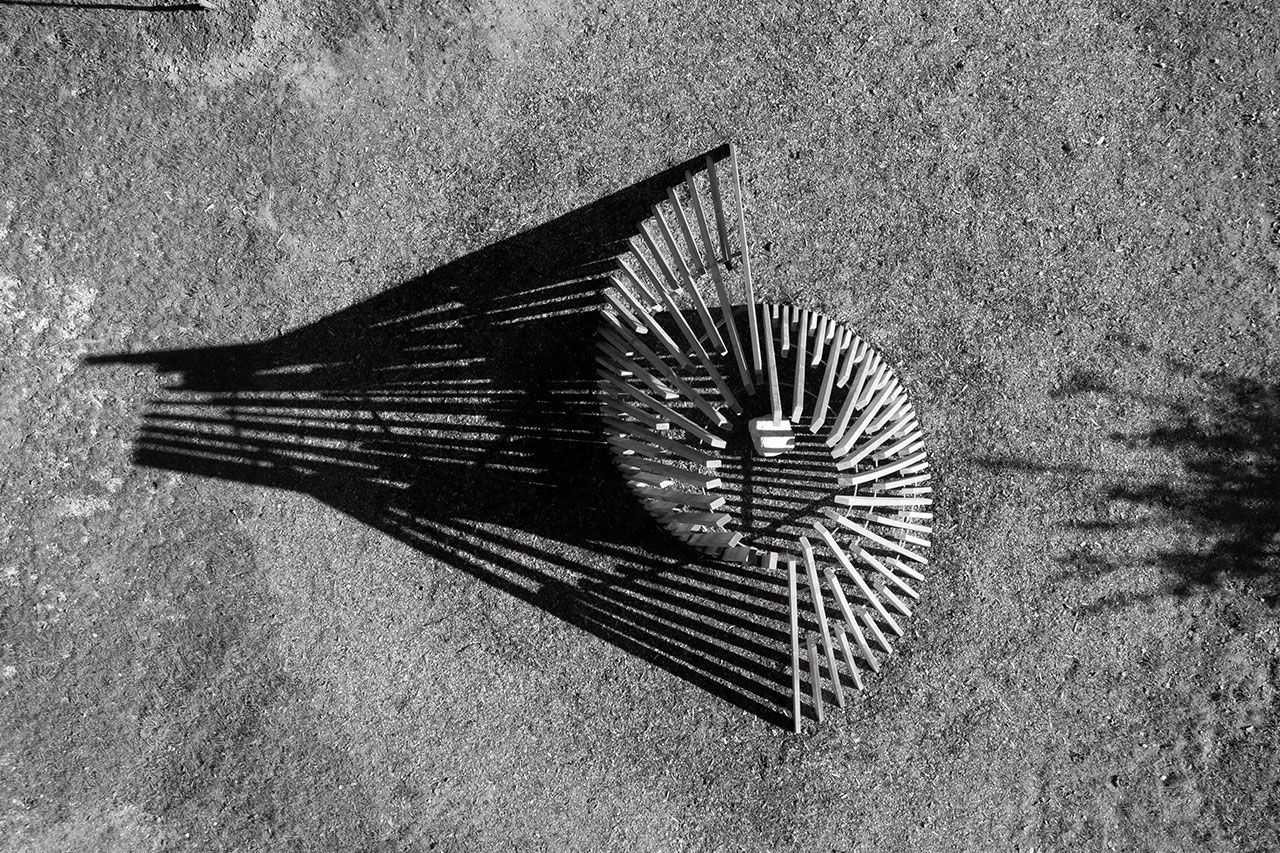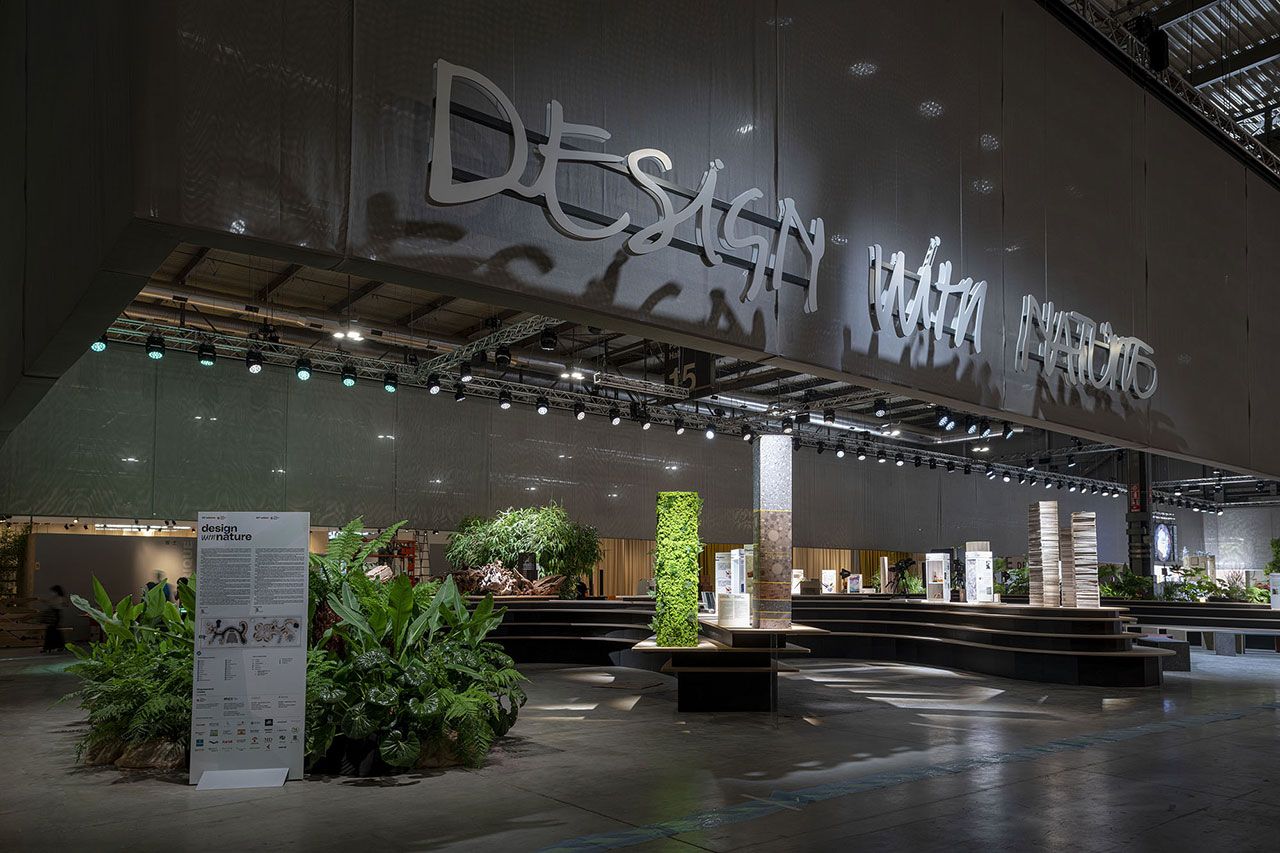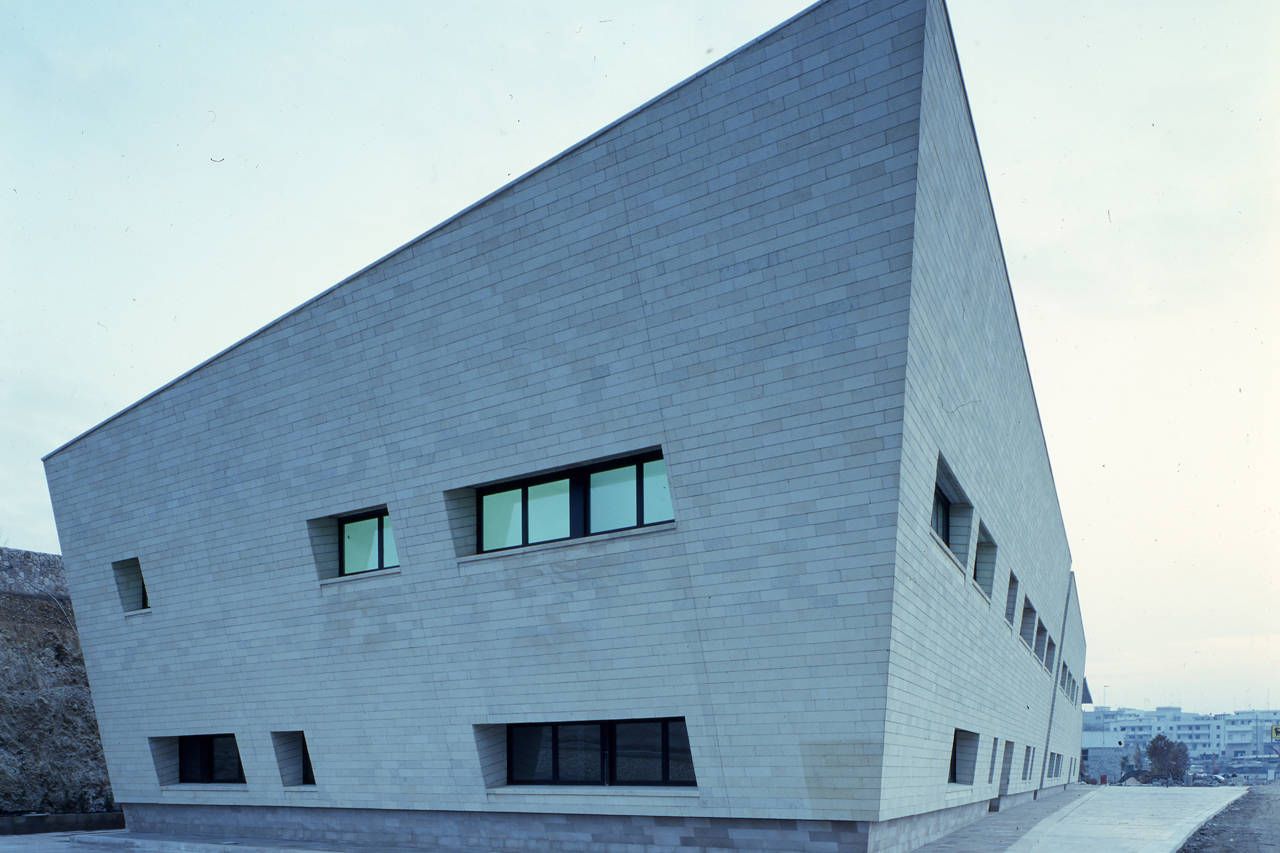Architecturally, the design is an innovative and sustainable pilot project that will have the ability to promote social interaction as an integral part of a wider area of the city that is currently undergoing transformation.
The new residential complex covers an area of approximately 22,500 square metres. The three buildings have common basement floors and are interconnected at the above-ground first and second floors by a system of large terraces. They contain 162 apartments with shared service rooms, retail spaces (at the ground floor on Via Giuseppe Fanelli), and basement parking.
